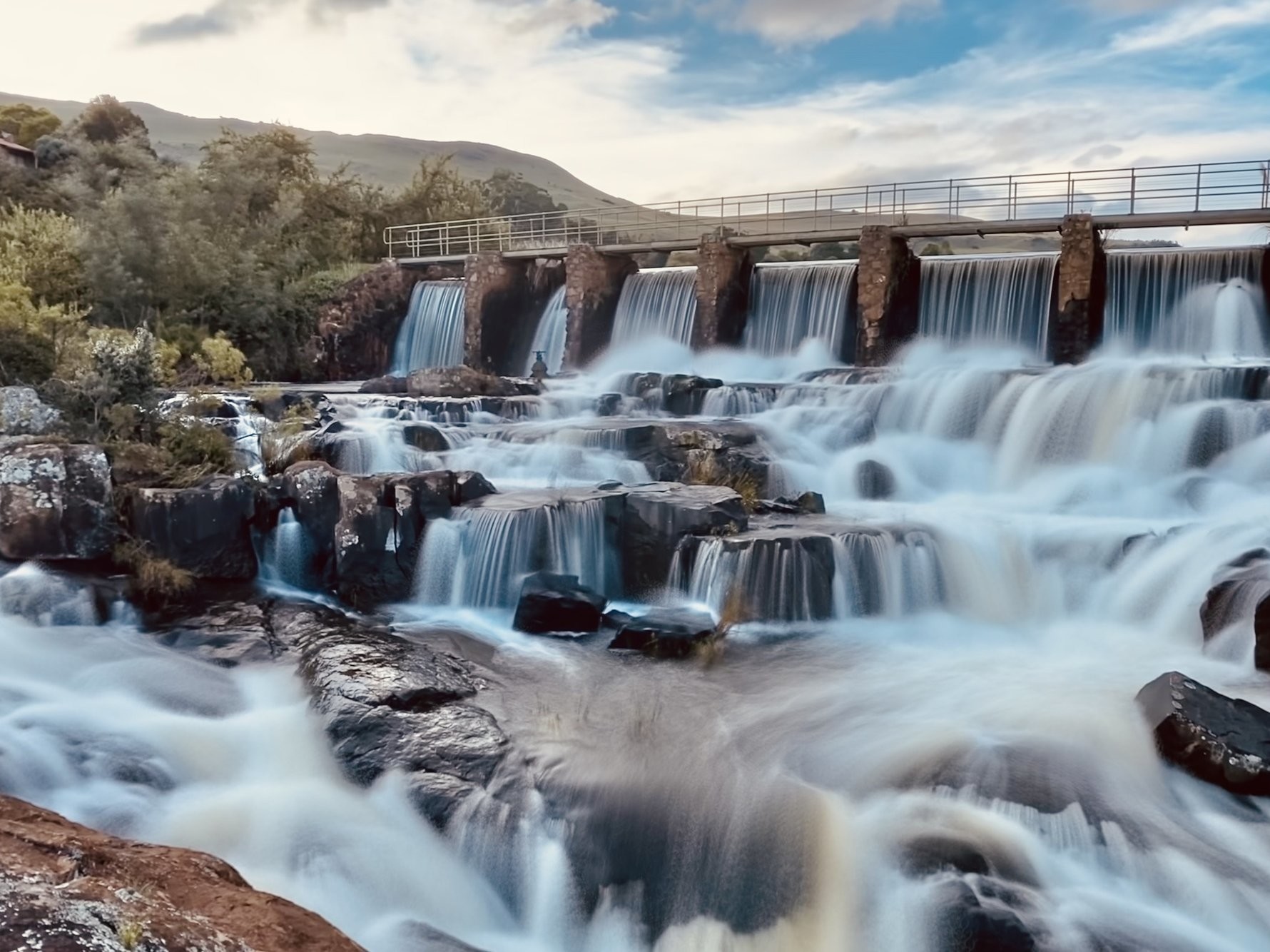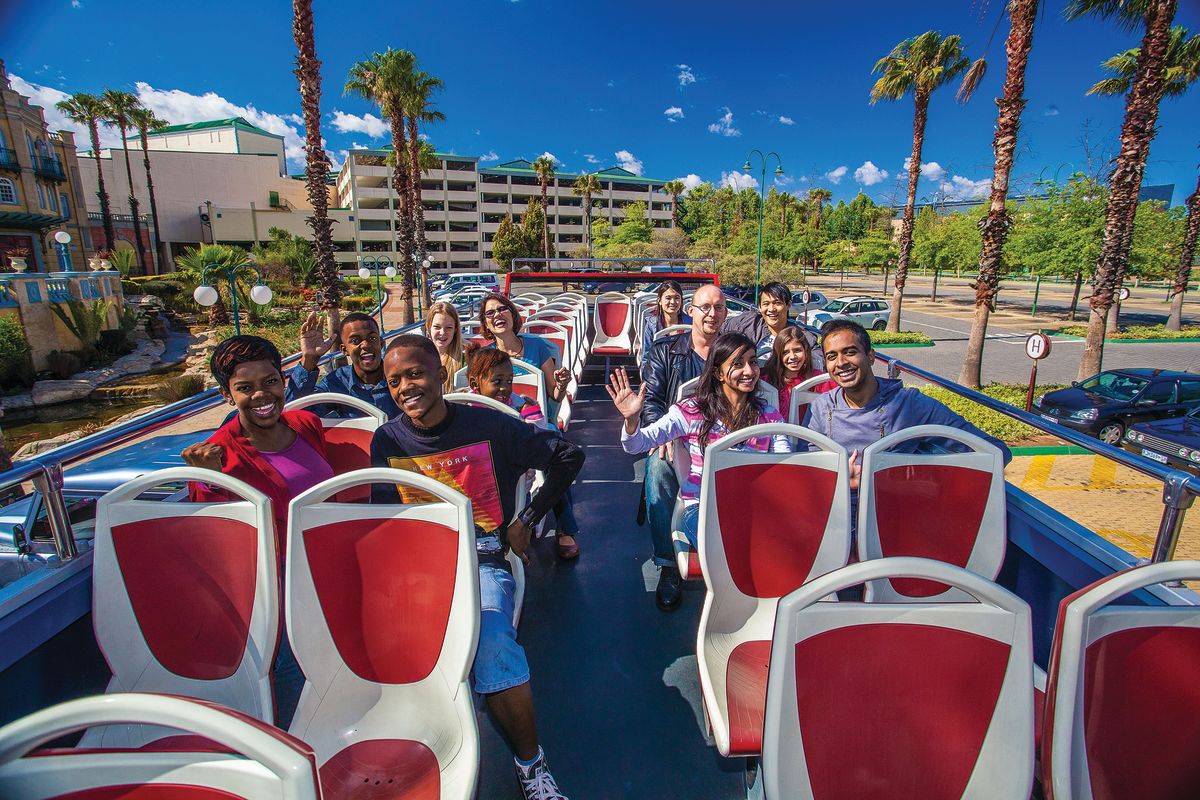The Greatest Guide To Johannesburg North Attractions
The Greatest Guide To Johannesburg North Attractions
Blog Article
4 Simple Techniques For Johannesburg North Attractions
Table of ContentsSome Known Questions About Johannesburg North Attractions.The 9-Second Trick For Johannesburg North AttractionsLittle Known Facts About Johannesburg North Attractions.The Greatest Guide To Johannesburg North AttractionsHow Johannesburg North Attractions can Save You Time, Stress, and Money.Johannesburg North Attractions Fundamentals Explained
The city grew on the side of the Witwatersrand Key Coral reef, a below ground stratum of gold-bearing quartz-silica conglomerate that arcs for hundreds of miles below the Highveld - Johannesburg North attractions. Many of the gold mines in the city discontinued procedure in the 1970s, yet in its day the Witwatersrand gold sector accounted for even more than 40 percent of the globe's annual gold production.Johannesburg has a warm climate. Summertime temperatures average about 75 F (24 C); winter months temperatures balance concerning 55 F (13 C) and just sometimes dip below cold. The city enjoys about eight hours of sunlight per day in both winter season and summertime. Rainfall standards regarding 28 inches (700 millimetres) per annum, but the total varies significantly from year to year.
What rain the city receives drops practically specifically in the summertime, commonly in spectacular late-afternoon electric storms. Air pollution postures a considerable issue, particularly in the wintertime months, when thermal inversions impede the westward flow of air from the Indian Sea. Contamination is most severe in the largely resolved Black municipalities on the city's perimeter, where numerous locals still rely upon coal for gas.

Johannesburg North Attractions for Dummies
The balance of the city is occupied by whites. Holiday accommodation varies in personality and high quality.
Physical growth, although rather limited by transport, continued rapidly as immigration to South Africa, and Johannesburg specifically, enhanced significantly. This trouble was addressed in the 1930s when the auto was presented in mass manufacturing to South Africa. Autos were, essentially, restricted to the wealthy, and permitted them to move to the north of the city and commute right into the centre.
Most poor suburbs were blended, with bad blacks and whites living with each other, although the wealthy residential areas were typically booked for whites. This transformed with the political election of the National Celebration Full Article in the 1948 elections, who started to formalise the system called racism. Discrimination officially marked which residential areas each race can stay in under the Team Areas Act.
The previous system of eleven numbered regions was reorganised in 2006. Marshalltown, as seen from the top of the Carlton Centre. The M1 and M2 run behind the structures, and the southerly residential areas extend past the freeway limit. The inner city of Johannesburg lies within the city's Region F. The estimated populace of the region is 200,000, [] The number of individuals living in the internal city on an informal basis is unknown, as many are unlawful immigrants. The majority of higher-income citizens and white individuals have relocated to the north suburban areas and have actually been changed by lower-income black people. The joblessness, education, and age accounts of the advice location are all unidentified, as a result of the problem of obtaining trustworthy information regarding the area.
Johannesburg North Attractions Fundamentals Explained
Centred on the CBD, the region consists of the residential areas of Yeoville, Bellevue, Troyeville, Jeppestown, and Berea to the eastern. To the west it infects Pageview (Johannesburg North attractions) and Fordsburg. There are small enterprise zones to the south, such as City West-Denver and Benrose. Around 800,000 commuters go through the internal city everyday, and it functions as a local buying node for site visitors from the southern suburbs. Yeoville and Bellevue have a mix of apartment and solitary household units on tiny lots. The region is situated on a hilly divide that runs from east to west. The most obvious geographical feature is Observatory Ridge, which is called for the huge observatory located on it. The entertainment rooms are no more utilized, due to security problems.

What Does Johannesburg North Attractions Mean?
R. Tambo International Flight Terminal). The eastern residential areas are a few of the oldest areas of Johannesburg, there are huge neighborhoods of Jewish and various other European histories, the bulk of the population is English talking. There are 3 golf links as well as a number of protected ridges with viewsites. There are a number of strong and up-market enjoyment and buying locations in the east such as the Eastgate Shopping Center and the Greenstone shopping center.
Originally built to house male migrant employees, several have actually been boosted as residences for pairs and family members. The suburban area was not traditionally permitted to produce work centres within the location, so nearly all of its residents are travelers to other parts of the city.
Some Known Incorrect Statements About Johannesburg North Attractions
The N1 Western Bypass connects the northern suburbs with the north-western suburban areas. The suburbs in the northern residential areas are primarily formal, with no substantial areas of casual housing, or housing that does not have a permanent framework. This is a recognized location, there is a trend of land usage company website change from property to business, specifically along major arterial roads and around well-known nodes.
The area is well connected to roadway networks, specifically along the north-south axis formed by the M1 and N1. Roads to the eastern and west are less well established, as there are no highways travelling in that direction. In the direction of the north boundary of the city, the thickness of development decreases, leaving large areas of untaught land around Midrand.
Facts About Johannesburg North Attractions Uncovered
, which is located on a hillside forgeting the internal city and Hillbrow.
Report this page